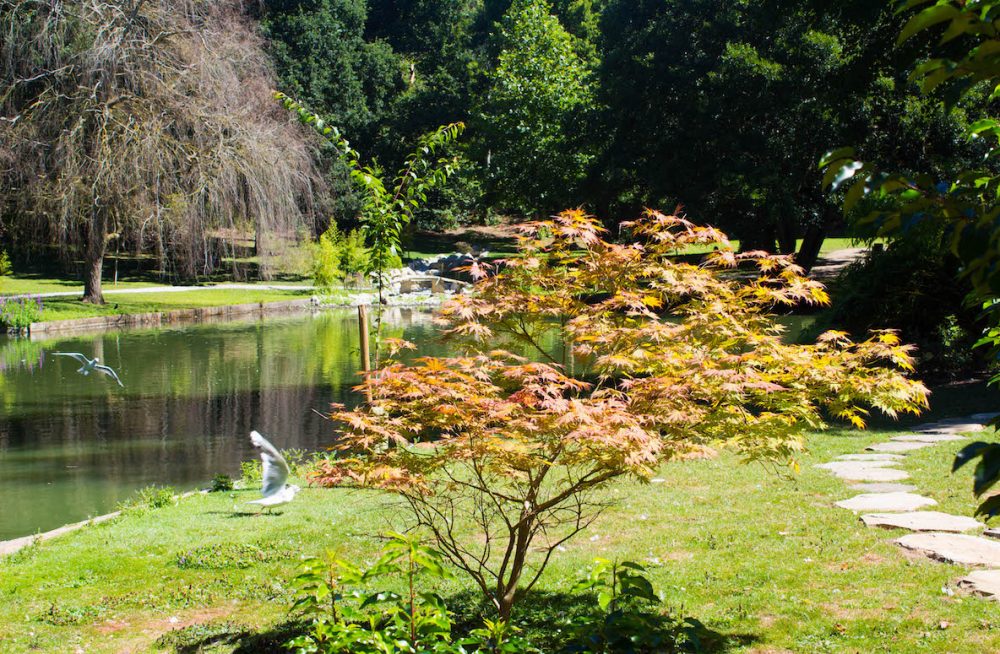If you are anything like me you may not have followed Damien Hirst’s career but you might feel you know all about him. I decided to see his exhibition at Tate Modern and really experience his work of more than 20 years.

Beautiful,amore,gasp,eyes going into the top of the head and fluttering
Yes there are dead fish in display cabinets and the notorious dead shark. Being able to see a dead shark so close is quite an incredible feeling and it did bring me into contact with my own fears. At the same time it feels strangely empowering because the shark is powerless to cause harm despite looking so deadly.
Seeing the inside of a dead sheep is not something I have ever done but it did connect me to my own bodily awareness. Our bodies communicate with us all the time but we are not always listening, seeing a baby sheep cut in half made me stop.
There is a lot on the medicalisation of life in the exhibition and I’d be intrigued to find out how that connects to his autobiography. The surgical equipment sent a chill through me as it was meant to. What seems like a vat of cigarette butts presented me with two immediate responses. As a non-smoker it seemed that there were enough cigarettes there to make someone very ill and that was sad. But then I wondered what my addiction would be. I may start collecting my foil wrappers from my fair trade dark chocolate!
There are several cabinets of pills but they are presented as incredibly desirable luxuries, at one point the use of lighting made them look like diamonds. He refers to the lullaby effect of sleeping pills on adults. It’s that moment when art holds up a mirror to society. I know through my counselling work, contacts and official figures that many people are struggling with insomnia.
But it’s not all about pills and death. Flies are very much alive as they gorge on a cow’s head in enclosed glass. Life is also present as butterflies are being born during the exhibition and plants are growing. This is in a strange and intriguing room –almost like a greenhouse – after the straight, clear and clinical looking glass cases.

The Anatomy of an Angel
But my favourite room is the final one when it feels like we’ve been through earth and hell and now we’re in heaven. Beautiful butterflies and religious motifs are everywhere. I am not sure of the theology of seeing the human organs of an angel but it is very gripping to see. There’s also a dove suspended in mid flight.
I appreciate the creativity that takes me on a journey inside myself and out again. It’s about how I connect to it. My favourite image is the one above, done in 1997. The name says it all “Beautiful, amore, gasp, eyes going into the top of the head and fluttering.”
I would love to hear from you if you’ve been moved by anything creative recently? Did it connect you to life, death or anything else?



